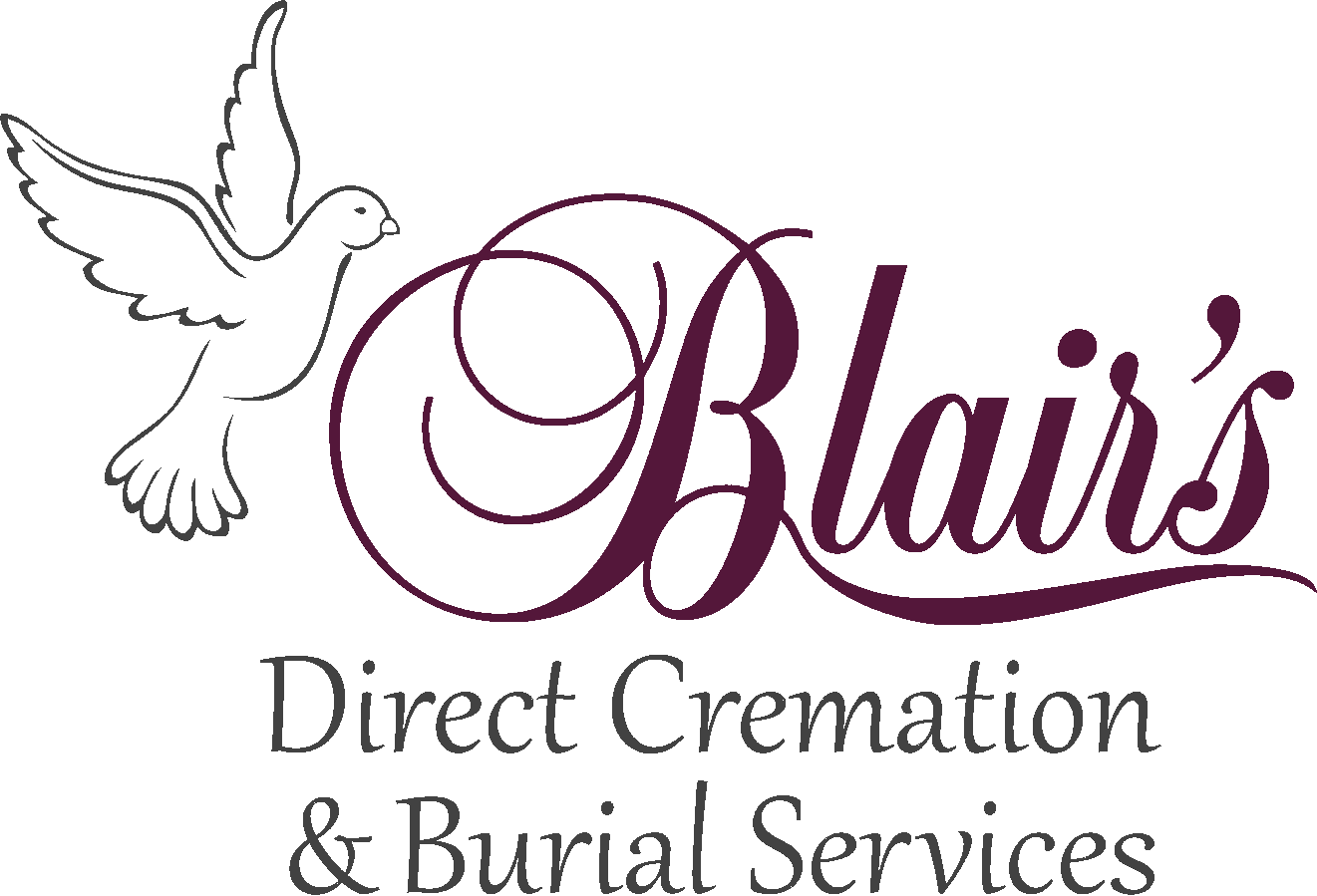QUESTIONS ABOUT CREMATION
-
Cremation services accounted for 41% of all death services in 2011. That percentage is expected to climb above 55% by 2025.
-
Most religions practiced in the United States permit cremation; it is best to consult your religious advisor if you have any questions.
-
Yes. Choosing a green cremation shows you are committed to a clean, natural environment that preserves the planet's ever-shrinking wilderness and resources, it is a smart decision to make. With a traditional funeral and burial, the body is embalmed with chemicals. After the viewing, the body is laid in a casket of metal or lacquered wood lined with satin and decorated with brass hinges and handles. The chemicals enter the earth and prevent natural decomposition. For those people who have dedicated their lives to reducing their negative impact on the earth, this can be a less-than-desirable ending.
-
No. Embalming is unnecessary when a body will be cremated. The decedent is placed in our refrigerated holding facility prior to cremation.
-
Most organ donations take place at the medical facility in which the death occurs and the hospital arranges for the donation before turning over the deceased to us for cremation.
-
With our state-of-the-art equipment, we are able to provide cremation weight limits higher than traditional crematoriums. Please call 530-241-3400 for specific details.
-
Social security may award death benefits to survivors of deceased workers who were covered and fit certain guidelines. Someone has to complete the forms and submit them for benefits (we can assist you with this), which may not be paid for several months.
-
We believe that the popularity and acceptance of cremation services will increase in the future for several reasons:
1) The difference in costs between an expensive traditional burial funeral versus our affordable cremation and burial packages.
2) A shift in consumer attitude towards cremation and the perception of value.
3) The popularity of being cremated today is on the rise, over 40%.
4) Cremation is the smart decision today when it comes to pre-planning arrangements after your death.
5) The Green Movement favors the more environmentally favorable cremation over casket burial.
QUESTIONS ABOUT FUNERAL OR CREMATION COSTS / PRE-PLANNED AND PREPAID CREMATION
-
Today, the average North American traditional funeral costs between $7,000 and $10,000. General items not included are: The grave-site, grave vault, opening and closing fees, memorial marker, and other related expenses.
-
The total costs of a full body burial are about 6-10 times more expensive than a Blair's Direct Cremation Package.
-
A Pre-need cremation plan means final arrangements are made before death to ensure your wishes for cremation are carried out and paid for so as not to burden the family further at your passing.
-
An at-need cremation is arranged after death, when no prepaid cremation plan is in place.
-
Your money is placed into a guaranteed insurance fund through Homesteaders Life Company and held with them, accruing interest until your passing.
QUESTIONS ABOUT THE CREMATION PROCESS
-
Whether cremation is pre-planned or you're planning at the time of death, one call to Blair's Direct is all you need. We immediately send professionally trained personnel to the place of death to transport the deceased to a climate controlled holding facility for proper care and storage.
By calling us first, we not only safeguard the privacy and dignity of the loved one, but also protect you from additional charges associated with other providers. Additionally, we will also notify the family members you have identified.
-
Yes, the immediate family members can view the deceased prior to cremation in our viewing room.
-
Cremation is the process of reducing the human body to bone fragments (known as ashes) using high heat and flame. The deceased is placed in a cremation chamber in a combustible container. All organic matter is consumed by heat and evaporation within approximately 2 hours. After the cremated remains are removed from the cremation chamber, any large bone fragments are removed and processed further to reduce their size to uniform particles (ashes).
-
Yes, as long as there are separate cremation urns or containers to put the ashes in.
-
We adhere to the strictest identification guidelines in the industry to minimize any possible chance of human error. Additionally, a numbered metal disc is assigned to the deceased and accompanies the body throughout the cremation process. The disc stays with the ashes as they are placed in a temporary container, awaiting final disposition by us or by the family.
-
We suggest that no jewelry be cremated with the remains. Jewelry may be placed into the urn after the cremation takes place if desired. Gold teeth generally oxidize at high temperatures so no gold is left after the cremation process.
QUESTIONS ABOUT VETERAN'S CREMATION
-
All United States Veterans are entitled to a burial, or have their ashes interred in any National Cemetery that has available space at no charge. Currently, the Veterans Administration operates 125 national cemeteries, of which 65 are open for new casket interments and 21 are open to accept cremated remains only.
Burial options are limited to those available at a specific cemetery but may include in-ground casket, or interment of cremated remains in a columbarium, in ground or in a scatter garden. The government runs these programs and benefits may change at any time.
-
Generally, cremated remains are scattered at sea on a weekly basis. These common scatterings are not open to family members.
-
Through the Veterans Administration, veterans may also be eligible for the following benefits: $300 reimbursement towards your cremation service, free headstones or markers in granite, marble or bronze, and presidential memorial certificates. We can help you claim your veterans benefits.

